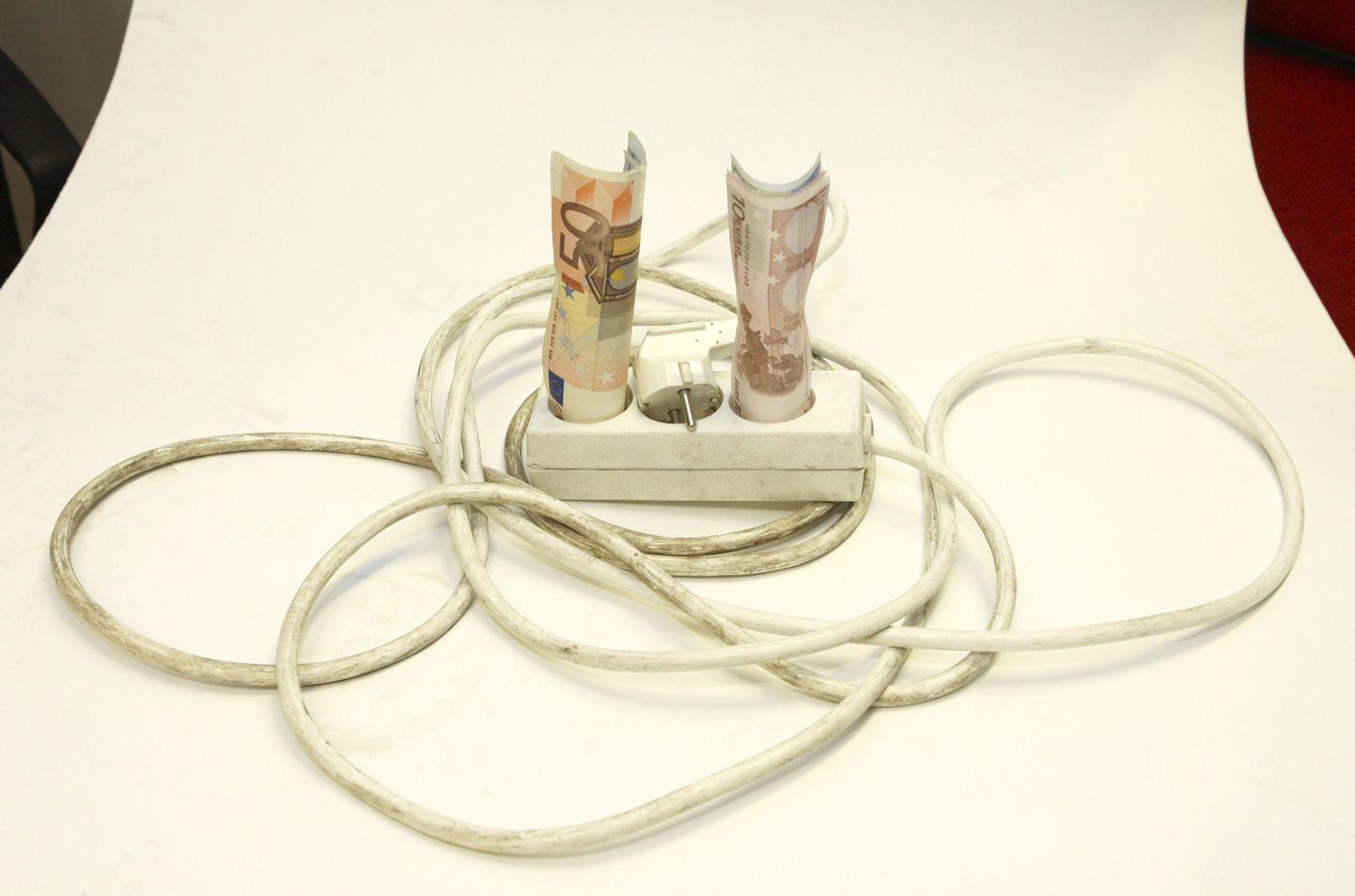
Last year’s electricity consumption, including network losses, came to 8.1 terawatt-hours, which is four percent higher than in 2011.

Last year’s electricity consumption, including network losses, came to 8.1 terawatt-hours, which is four percent higher than in 2011.
The main reason for the increase in electricity consumption is most likely economic growth. In addition, the average air temperature over the winter period was two degrees lower than the same time in the previous year, and consumption growth was also stimulated by lower prices on the electricity market.
The fastest growth occurred in December, when consumption rose by 16% year-on-year to 858 gigawatt-hours. The air temperature in December was nine degrees lower than a year before. Consumption was in a growth trend all throughout the fourth quarter, with a final increase of nine percent year-on-year.
The consumption level was the highest on the morning of February 6th last year, when for a five-minute period, peak load was 1572 megawatts.
Electricity generation decreased by eight percent last year to 10.5 terawatt-hours. The drop in output was caused both by a downturn in exports and by more affordable electricity import opportunities, based on cheap hydro energy produced in the Nordics and in Latvia.
“Last year cemented the recent electricity production and consumption trend in the Baltics, which is that Estonia is exporting, Latvia has a minor deficit, and Lithuania has a major one. However, this is a market-based deficit: Latvia and Lithuania have plenty of generation capacity, but it simply did not make economic sense to engage it. This is an example of the benefits of a united regional market for both consumers and producers. A regional approach to security of supply, compared to the state-based approach of covering consumption at all times with a power plant in one’s own “back yard”, is cheaper and safer for consumers,” commented Taavi Veskimägi, Chairman of the Board of Elering.
Latvia’s electricity production over the last year stayed at 2011 levels, with 5.5 terawatt-hours. Meanwhile, the output of the hydro power plant cascade on the Daugava River increased by 28 percent. Domestic electricity production accounted for 77 percent of Latvian electricity consumption in 2012, and the state had to import 1.65 terawatt-hours of electricity. Out of Latvia’s total imports, 53 percent of electricity was imported via Estonia, while the other 47 percent was imported by Lithuanian market participants.
Lithuania produced one percent less electricity in 2012 than the previous year, a total of 3.7 terawatt-hours. Lithuania’s electricity production only managed to cover 36 percent of its electricity consumption in 2012, and the total deficit of the electricity balance for the year came to 6.6 terawatt-hours. Out of Lithuania’s total imports, around 19 percent was imported via Estonia and 22 percent via Latvia. Lithuania’s imports from third countries accounted for 59 percent of total imports.
Across the whole of the Baltics, electricity consumption grew by two percent, and the combined electricity deficit of the three states in 2012 was 5.9 terawatt-hours. The deficit accounted for 23 percent of the annual consumption in the Baltic states.
In the Nordics, electricity output rose by seven percent last year, thanks to growth in Norway and Sweden. Production decreased in Finland and Denmark. The Nordics exported a total of 15.8 terawatt-hours of electricity over the entire year. The electricity surplus was mostly exported to Germany and to the Netherlands.
In Finland, last year’s electricity production came to 65.7 terawatt-hours, while consumption was 82.9 terawatt-hours. Thus, Finland’s consumption was more than 10 times as high as Estonia’s comparable figure.
Estonia exported 4.8 terawatt-hours of electricity last year, and imported 2.7 terawatt-hours. Exports dropped by six percent over the year, and imports rose by 63 percent. Latvia’s share of exports was 49 percent, Lithuania’s was 42 percent, and Finland’s was 9 percent. Among electricity imports, 61 percent came from Finland, 21 percent from Lithuania and 19 percent from Latvia.
In terms of physical transit, 2.55 terawatt-hours of electricity traversed Estonia’s electrical system last year, which is 71 percent more than in 2011.